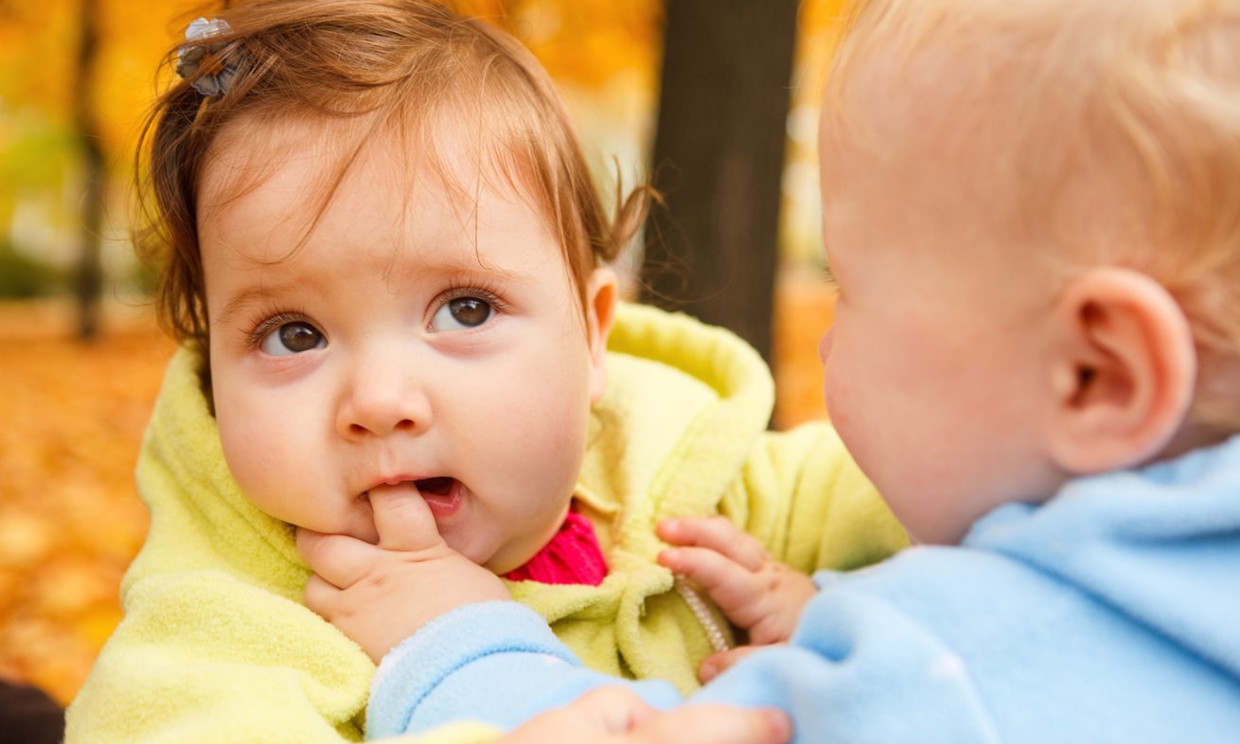There is no doubt that biting can be one of the most stressful and divisive issues in early childhood learning environments.
It affects everyone involved – the educators, the parents, the children and promotes very strong emotions – including anger from the parents of the bitten child to anxiety from the parents of the biter.
And while biting may look like an act of intense aggression, it can often be because of the developmental age of the child. Small children generally bite from about 12 months of age when they are growing teeth and begin exploring the world through their senses (taste, smell, sight and touch).
Biting is most commonly seen in groups of children aged between one and three years old. These are the children who are exploring the world but don’t always have the benefit of speech to communicate what they want. By the age of three, biting becomes much less prevalent and void because by then children start to discover other ways of communicating.
In the past there were many ways of “dealing” with a child who bites – exclusion, biting the child back and punishment.
But we know that these methods are not effective. Dealing with biting all comes down to having an understanding of the behaviour and working with the children and the families involved.
Goodstart’s national inclusive practices consultant Troy Dunn said while many people think children bite to hurt other children, this is not usually the case.
“Young children, because of their age and development, can be very egocentric and may often find it difficult to think about and understand how their actions impact on others,” Mr Dunn said. “It is unrealistic to think that all young children in early learning and care settings will have the developmental skills to share and show care to others.”
Biting can be a way of trying to get attention from parents, educators and other children, and also a way to get the toys they want to play with quickly, especially if that behaviour has worked in the past.
“Until they develop appropriate social and emotional skills such as turn taking and empathy, they may not understand how their actions affect other people. However, as they get older, children’s social development starts making them feel and show empathy.”
Developmental factors which may cause biting include
- Frustration that they can’t talk or communicate in any other way is one factor that can lead to biting. Encouraging language and non-verbal communication can help.
- Teething. Providing something for the child to chew on can help.
- Limited self-control. Children in this age group can be impulsive and often can’t stop themselves from doing something.
- Competition for adult attention. Ensure the child has some one-on-one time on a regular basis.
Tips for dealing with biting
“For educators and parents, it’s very important to understand the reason for the biting. In some cases, it could be teething and the child may just need to be encouraged chew on something more appropriate,” Mr Dunn said.
He said if a child was biting to access resources, parents and educators should consider if the number of resources available were sufficient. This is particularly relevant in an early learning setting.
“If it’s out of self-defence, you should look at the situation and ensure it is being monitored.”
- Try to gain an understanding of the situation and why the child is biting.
- Increase the number of resources available so that children do not have to fight over toys.
- Try teaching in small groups with the same number of resources and ensure children get quiet time.
- Let the children know that biting hurts other children.
Sources
When Children Bite: A resource for Early Childhood Educators, Child Australia, 2012
PSCQ Fact Sheet: Behaviour – Biting in Childcare, Workforce Council, 2011
Biting in Childcare, NCAC, Anne Stonehouse, 2008


